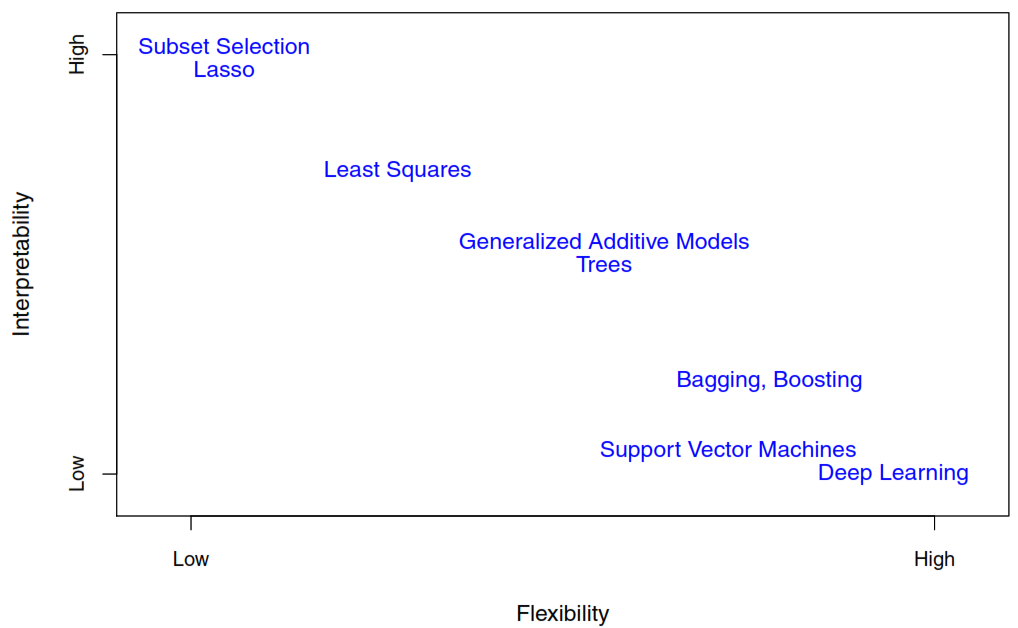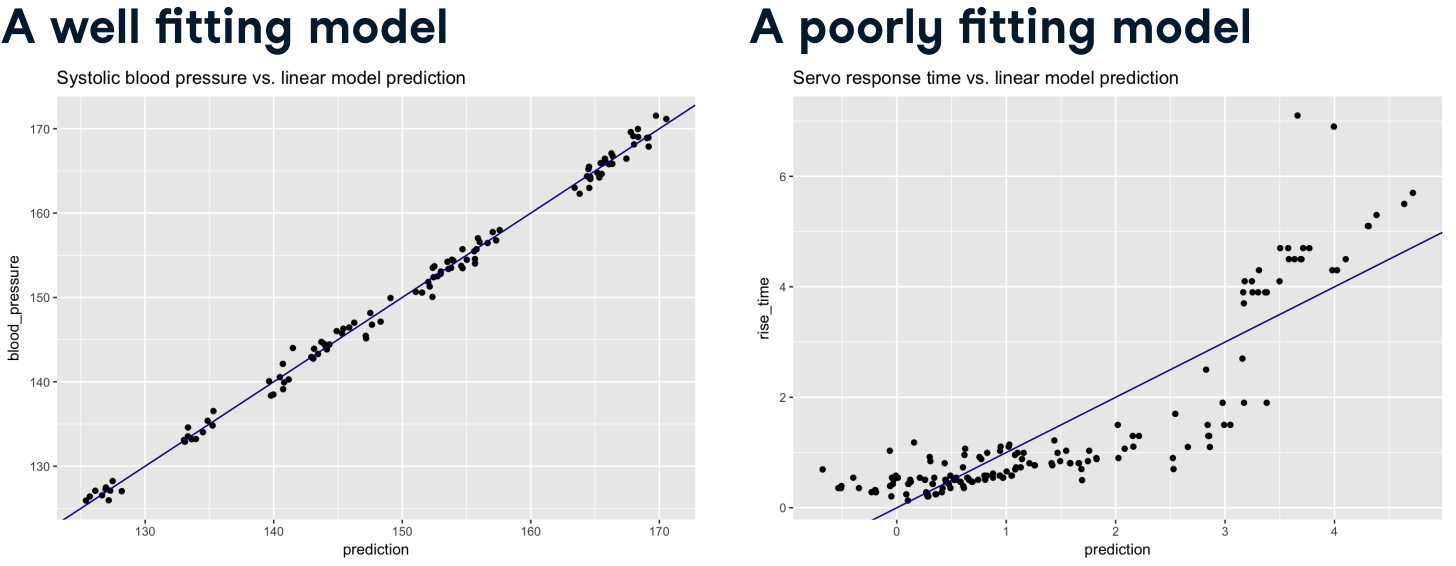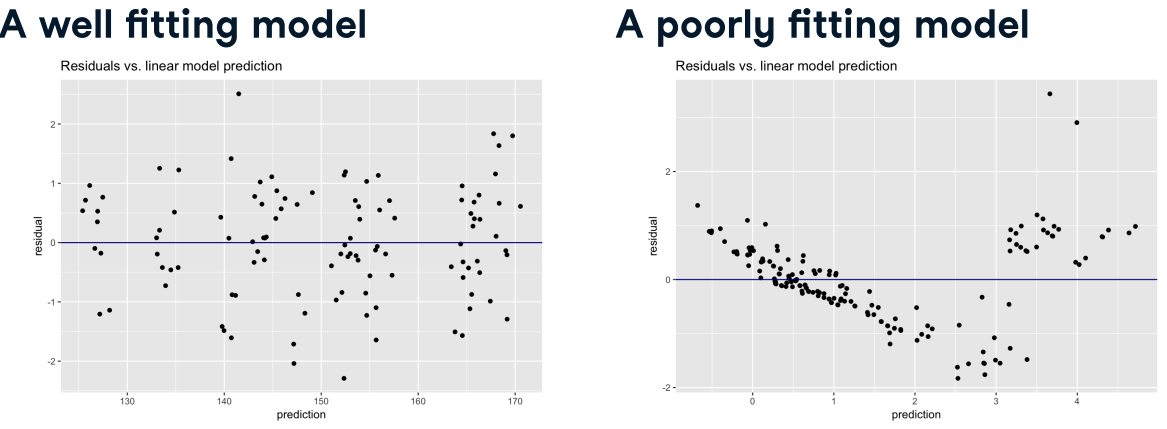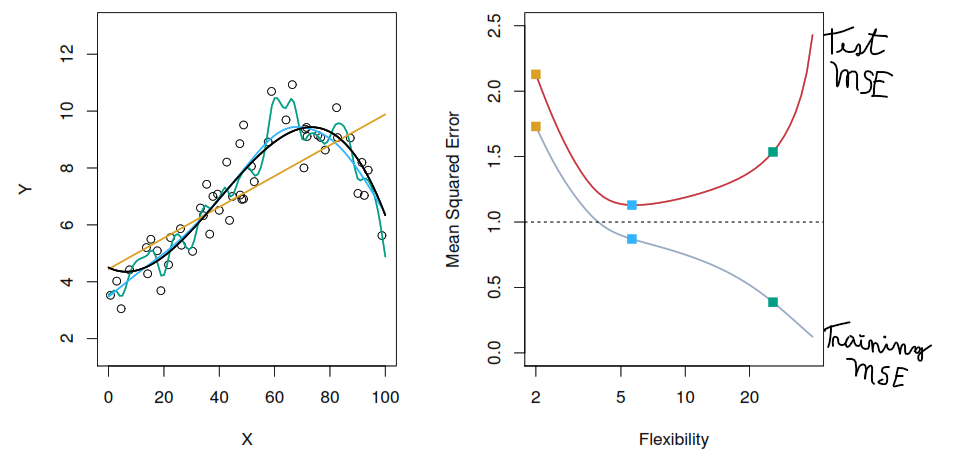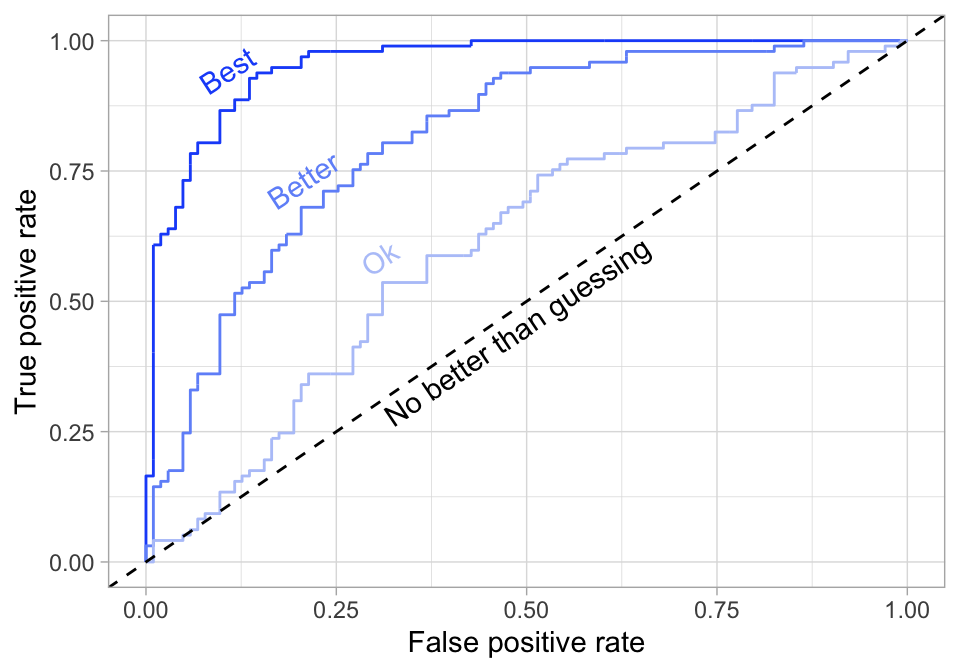Reducible and irreducible error
The goal when we are analyzing data is to find a function that based on some Predictors and some random noise could explain the Response variable.
\[
Y = f(X) + \epsilon
\]
\(\epsilon\) represent the random error and correspond to the irreducible error as it cannot be predicted using the Predictors in regression models. It would have a mean of 0 unless are missing some relevant Predictors.
In classification models, the irreducible error is represented by the Bayes Error Rate.
\[
1 - E\left(
\underset{j}{max}Pr(Y = j|X)
\right)
\]
An error is reducible if we can improve the accuracy of \(\hat{f}\) by using a most appropriate statistical learning technique to estimate \(f\).
The challenge to achieve that goal it’s that we don’t at the beginning how much of the error correspond to each type.
\[
\begin{split}
E(Y-\hat{Y})^2 & = E[f(X) + \epsilon - \hat{f}(X)]^2 \\
& = \underbrace{[f(X)- \hat{f}(X)]^2}_\text{Reducible} +
\underbrace{Var(\epsilon)}_\text{Irredicible}
\end{split}
\]
The reducible error can be also spitted in two parts:
Variance refers to the amount by which \(\hat{f}\) would change if we estimate it using a different training data set. If a method has high variance then small changes in the training data can result in large changes of \(\hat{f}\).
Squared bias refers to the error that is introduced by approximating a real-life problem, which may be extremely complicated, by a much simpler model as for example a linear model.Bias is the difference between the expected (or average) prediction of our model and the correct value which we are trying to predict.
\[
E(y_{0} - \hat{f}(x_{0}))^2 =
Var(\hat{f}(x_{0})) +
[Bias(\hat{f}(x_{0}))]^2 +
Var(\epsilon)
\]
Our challenge lies in finding a method for which both the variance and the squared bias are low.
Types of models
-
Parametric methods
- Make an assumption about the functional form. For example, assuming linearity.
- Estimate a small number parameters based on training data.
- Are easy to interpret.
- Tend to outperform non-parametric approaches when there is a small number of observations per predictor.
-
Non-parametric methods
- Don’t make an assumption about the functional form, to accurately fit a wider range of possible shapes for \(f\).
- Need a large number of observations in order to obtain an accurate estimate for \(f\).
- The data analyst must select a level of smoothness (degrees of freedom).

